 According to the VIA Institute on Character, "Appreciation of Beauty and Excellence is a strength that helps you connect with something outside yourself. It is about noticing the beauty all around you and feeling awe and appreciation for high-quality performance and work. It is a strength that can help you cope with emotional challenges or difficulties." Learn more about developing character strengths on the VIA Institute's website.  Mindfulness helps us put some space between ourselves and our reactions, breaking down our conditioned responses. Follow the steps below to begin your own mindfulness practice: 1. Set aside some time. You don’t need a meditation cushion or bench, or any sort of special equipment to access your mindfulness skills—but you do need to set aside some time and space. 2. Observe the present moment as it is. The aim of mindfulness is not quieting the mind, or attempting to achieve a state of eternal calm. The goal is simple: we’re aiming to pay attention to the present moment, without judgement. Easier said than done, we know. 3. Let your judgments roll by. When we notice judgements arise during our practice, we can make a mental note of them, and let them pass. 4. Return to observing the present moment as it is. Our minds often get carried away in thought. That’s why mindfulness is the practice of returning, again and again, to the present moment. 5. Be kind to your wandering mind. Don’t judge yourself for whatever thoughts crop up, just practice recognizing when your mind has wandered off, and gently bring it back. That’s the practice. It’s often been said that it’s very simple, but it’s not necessarily easy. The work is to just keep doing it, slowing impacting the way you think to attain greater peace. 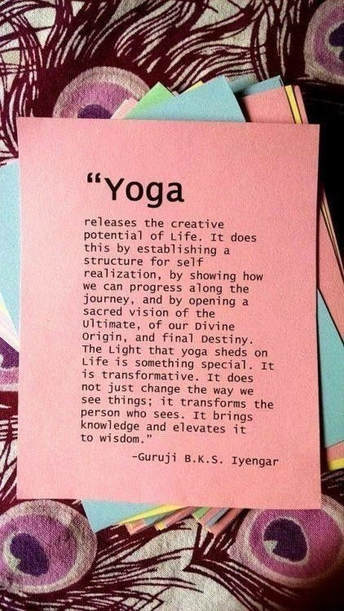 The late grand master of modern yoga, B.K.S. Iyengar was born in Belur, India, on December 14, 1918. When he was 14, his brother-in-law, T. Krishnamacharya, introduced him to a yoga practice, which improved his tuberculosis. Iyengar pioneered the use of props to make poses accessible to a wide array of students. He has written a number of books, including Light on Yoga, which many practitioners esteem as the bible of yoga. Iyengar himself described his variation of yoga as follows, "I just try to get the physical body in line with the mental body, the mental body with the intellectual body, and the intellectual body with the spiritual body, so they are balanced. Each asana has an optimum line or position. From the head to the foot, from the front to the back, from the right to the left—without deviation, without distortion." To learn more about B.K.S. Iyengar and Iyengar Yoga, visit the official website at http://bksiyengar.com. 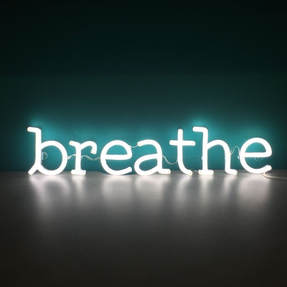 "In the breath, the soul finds an opportunity to speak." From “Breath” by Danna Faulds You may have noticed that all yoga classes, no matter the style, begin and reinforce an emphasis on intentional breathing. Teachers that weave Sanskrit (the ancient language of India in which classical yoga texts are written) into their classes will refer to this focus as Pranayama breathing. Pranayama is defined as the regulation of the breath through certain techniques and exercises. In Sanskrit it is derived from prāṇa "breath" + āyāma "restraint." Another similar translation of the concept describes prana as the life force or breath sustaining the body; with ayama translating to “extend or draw out." Together two mean breath extension or control. "In many ways, the cosmic energy that is Prana corresponds to that of modern nuclear physics, which regards all matter as energy ‘organized’ in different ways. This is Prana with a capital P. It is Prana that knows no boundaries. Its source is the energy of the universe, that which is unchanging within you, your very soul, and it feeds your energy body, what the ancient texts call the pranamayakosha. Prana (small p) refers to the energy in the atmosphere – oxygen-rich air. This prana, also known as vaya, feeds the physical body, what the ancient Yogis called the annamayakosha. What does knowing how to breathe look like? It is breathing that moves like a wave through your body, originating in the diaphragm rather than the thoracic region of the chest. It is full and deep and calm. To breathe this way, the body must be relaxed. When we consciously tense the muscles and hold the breath, there is a relaxed feeling that accompanies the release. So the simplest way to relax is by contracting the muscles while holding the breath, then letting the muscles and breath release completely." Amy Weintraub If you are a beginner to pranayama techniques, check out this in-depth Breathing Lessons article online that includes instructions for several variations on breathing exercises you can include with your home yoga practice. 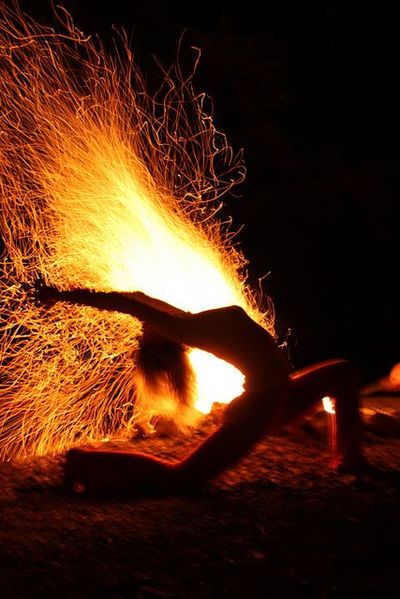 Shiva Rea has been practicing yoga since the tender age of 14, and is one of the leading yoga instructors of our times. First driven to explore the enlightening world of yoga to understand her birth name, Shiva’s goals have since progressed to include sharing her knowledge with any and all comers. Shiva believes that yoga enables everyone to realize their true potential. She focuses on Vinyasa (roughly translated, “breath-synchronized movement”), and enjoys worldwide fame as a teacher of Prana Flow Yoga and Yoga Trance Dance. Shiva Rea’s expertise in the Krishnamacharya lineage of yoga as well as Tantra, Ayurveda, Bhakti, Kalaripayattu, world dance, somatic arts, and yogic arts has led her to be invited to many important conferences and festivals in the yoga world, including Chant 4 Change, Yoga Journal Conferences, the Telluride Yoga Festival and special events at Kripalu and Omego. She has participated in pro-environmental events, and led retreats and pilgramages all over the world. During these retreats, Shiva helps students experience transformational yoga, healing, and sacred sanctuaries to supplement and freshen their yoga knowledge. Her teacher training programs merge Tantra, Yoga, and Ayurveda to prepare teachers for meditation, advanced asanas, and service in the world. Shiva’s fame extends to the world of media as well. She has been featured in a variety of yoga and fitness publications, and produced award-winning yoga DVDs and CDs. These products have helped revolutionize the in-home practice of yoga. Shiva Rea’s unique blend of traditional and revolutionary yoga, fitness, and music has enabled her to attract both novice as well as long time practitioners. Shiva Rea currently lives in Pacific Palisades, California. Thank you to everyone that joined us for yoga today. Check out this fabulous infographic describing the benefits of cultivating a regular practice both in the short and longterm. Namaste!
We are so excited to be starting a new yoga winter session January 14, featuring two class times every Sunday at Ways to Wellness. Full class details are below; I hope you can join us! 10-11a Sundays | All-Level Vinyasa Flow Noon-1p Sundays | Beginner Yoga Location: Ways to Wellness (formally Raindrop Yoga) 9 White's Bridge Rd, Windham Class cost: $12 ALL-LEVEL VINYASA FLOW Every Sunday from 10-11a join me for All-Level Vinyasa Flow, providing a welcoming and inclusive environment for all mobility levels. This class offers a unified flow featuring many modifications throughout to offer beginner, intermediate and advanced tracks within the same yoga practice. This way the flow is appealing to both students new to yoga and seasoned yogis alike. I will also employ music and yoga philosophy class themes, such as being present, non-attachment, self-care, Ayurveda, etc., via quotes and readings weaved into classes to teach students about the other seven limbs of yoga, beyond just asanas. This approach tends to both the mind and body in a single class, offering students exposure to mindfulness and stress reduction techniques. To me personally, yoga is a way to focus on constant evolution and growth with regard to my self-care, and I hope to pass that philosophy onto students. Since class is offered at the Sunday morning timeframe, and appeals to all levels, this is a great one to attend with friends and family members. BEGINNER YOGA I believe that yoga is for everyone and every type of body so I am so excited to start teaching a weekly Beginner Yoga class every Sunday from noon to 1p. Beginner Yoga is taught assuming students could be walking into their very first class, or just getting back to regular movement. It therefore fuses gentle yoga poses, stretching, Restorative poses and many modification options. Classes also feature in-depth demonstrations to introduce poses, with both visual and audio cues, as well as content about what body parts and muscles poses hit. In this way I hope to covert a community of people new to yoga, impressing upon them the countless wellness benefits students reap with a regular practice. Class will also weave yoga philosophy throughout class that focuses on beginner dharma content to teach students about yoga beyond asanas. Such topics could include the meanings of common yoga terms such as Namaste and Om, the many health benefits of yoga, committing to a self-care practice, Chakras, and seasonal or emotional wellness themes. I often like to quote something I read, “you are new to yoga for the first ten years you practice,” because that really puts things into perspective with regard to the sheer scope of things we can learn and teach that are part of yoga. Beginner Yoga cultivates an environment free of intimidation, reinforcing that yoga can be highly variable to meet the needs of any student demographic. ABOUT YOUR YOGA TEACHER Katie Engels studied Vinyasa yoga with Chanel Luck at Radiant Yoga Boston to complete teacher training, and has been teaching yoga for two years. Katie’s yoga classes weave yoga philosophy and music along with asana (the physical practice of yoga), to cultivate a warm and welcoming atmosphere for new and seasoned yogis alike. Deep abdominal breathing encourages full oxygen exchange — that is, the beneficial trade of incoming oxygen for outgoing carbon dioxide. Not surprisingly, it can slow the heartbeat and lower or stabilize blood pressure. 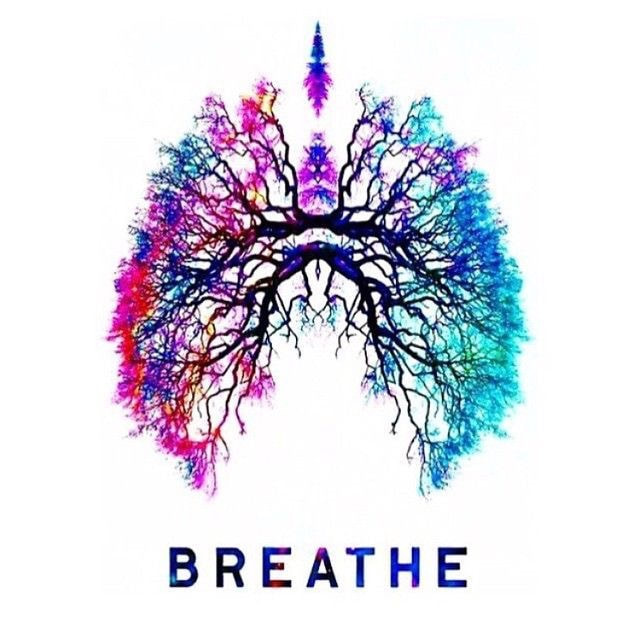 Breath focus helps you concentrate on slow, deep breathing and aids you in disengaging from distracting thoughts and sensations. It's especially helpful if you tend to hold in your stomach.
First steps. Find a quiet, comfortable place to sit or lie down. First, take a normal breath. Then try a deep breath: Breathe in slowly through your nose, allowing your chest and lower belly to rise as you fill your lungs. Let your abdomen expand fully. Now breathe out slowly through your mouth (or your nose, if that feels more natural). Breath focus in practice. Once you've taken the steps above, you can move on to regular practice of controlled breathing. As you sit comfortably with your eyes closed, blend deep breathing with helpful imagery and perhaps a focus word or phrase that helps you relax. In a recent Forbes article, Noma Nazish breaks down why self-care is so important for wellness, and includes a list of simple ways to introduce more into your life. Work with a Thrive Wellness Coach to develop your own custom formula for health and wellness.
“No matter how indulgent or fancy the term may sound, self-care is crucial for our physical, emotional and mental well-being. You shouldn’t neglect self-care and here's why:
Click here to read the full article. Every age.
Every race and ethnicity. Every class and socioeconomic status. Every gender identity and sexual orientation. Every size, shape, height, weight & disability.  The Trail Is Waiting The Appalachian Trail is the longest hiking-only footpath in the world, ranging from Maine to Georgia. Explore the trail by state. 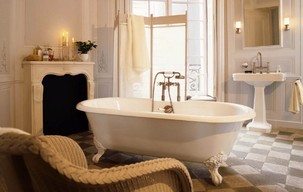 The relationship between physical environment and wellbeing is sometimes overlooked, yet having a calming safe haven from the demands of the world is often the key to recharging one’s batteries. When you return from a long day what awaits you? Do you face clutter, conflict and many more things to be done in the way of housework? If so it may be time to invest some time and thought into creating a place that will allow you to relax, be yourself and practice self-care. Check out this great Freshome.com article, How to Make Your Home Feel More Relaxing, for insight on where to start and specific room-by-room suggestions to optimize your home environment. 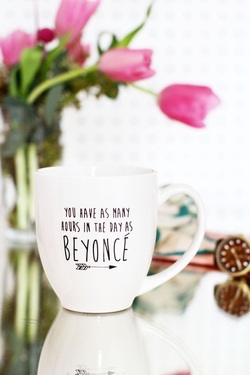 Its September tomorrow! For most of us, this means a return to crazy schedules and greater demands on our time for the rest of the year. Fall can sometimes also feel like resolution or new habit time, with that back-to-school vibe that we all remember. This makes it a great time to set a goal or lay the foundation for a new wellness routine. The best way to push and stretch yourself into a more productive, happier and/or healthier you is to do so with some self-love and humor. We won't change if we expect perfection or are too hard on ourselves. We will have setbacks on a new path; that is distinctly part of the change process. But with a few depreciating laughs and the endurance that self-love fuels, you will perserve in the long run. And as with all lifestyle changes, time and realistic incremental steps will help you get where you want, and stay there permanently. So cheers to being as amazing as Queen Bey this Fall, by knowing that it doesn't mean we ever have to be #flawless. 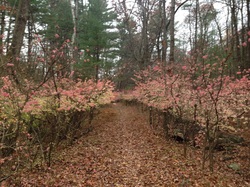 1. The quality or state of being healthy in body and mind, especially as the result of deliberate effort. 2. An approach to healthcare that emphasizes preventing illness and prolonging life, as opposed to emphasizing treating diseases. The Definition of Wellness on Dictonary.com. 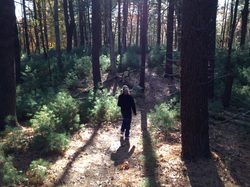 It's a challenge to let ourselves slow down. As Thomas Moore, author of Care of the Soul, says, "We seem to have a complex about busyness in our culture. Most of us do have time in our days that we could devote to simple relaxation, but we convince ourselves that we don't. It seems there is always something that needs doing, always someone who needs our attention." Moore continues, "Unfortunately, we don't get a lot of support in this culture for doing nothing. If we aren't accomplishing something, we feel that we're wasting time." We all need time to ourselves, where no external demands are being placed on us, to recharge. How can you cultivate more time for yourself on a regular basis? Learn more about self-care by working with a wellness coach. 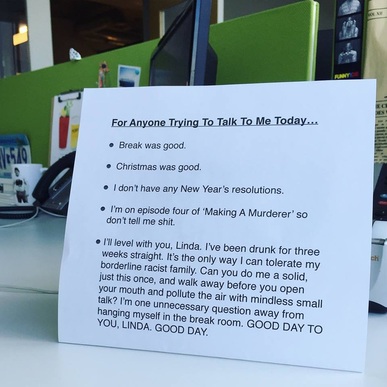 We have all been making merry for weeks. Schedule a free wellness coaching session to set up some new heathy habits for 2016. Happy new year and, ahem, welcome back to reality today. A big thank you to Funny or Die for the laugh as we adjust this morning to an intense case of the Mondays.  Here are ten easy ways to keep your spending in check this holiday season so you’ll have a new year that’s merry and bright for you and your wallet. |
Archives
January 2022
Categories
All
|


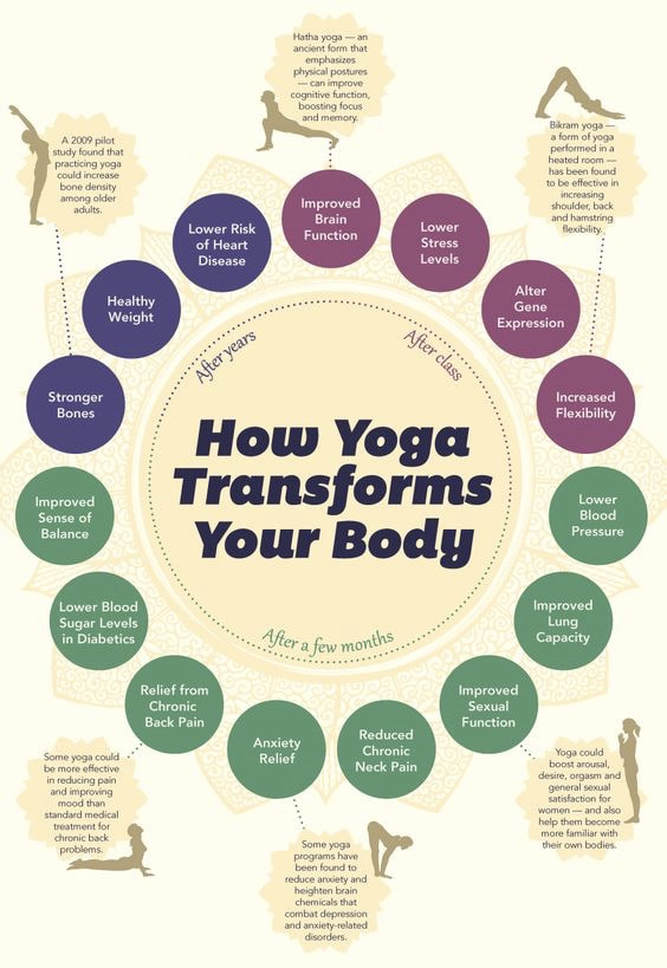
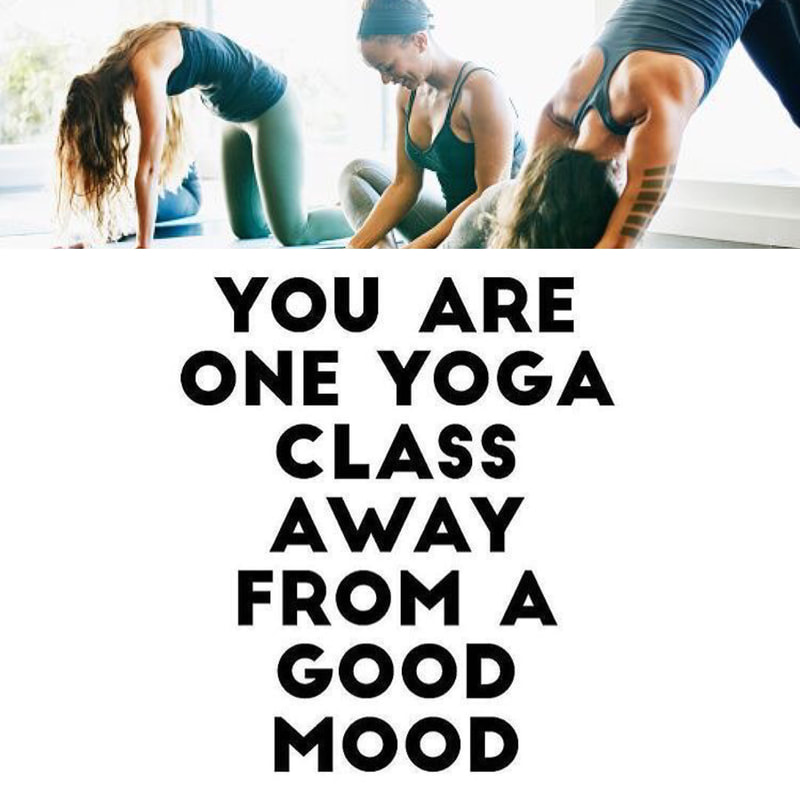
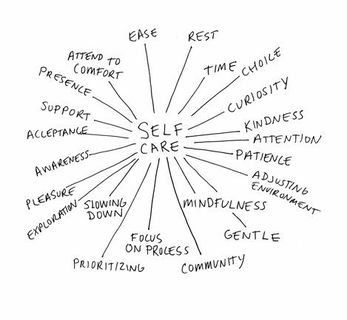
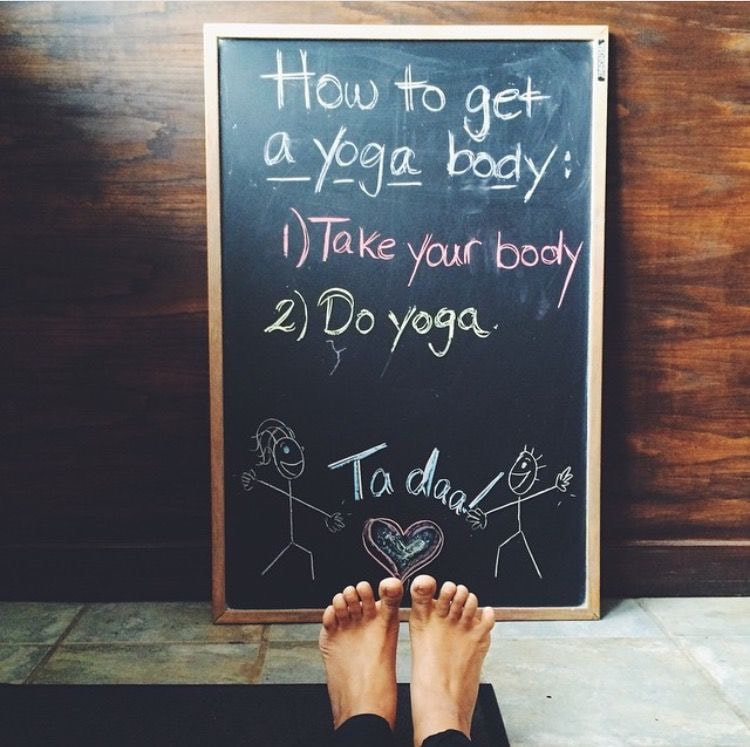
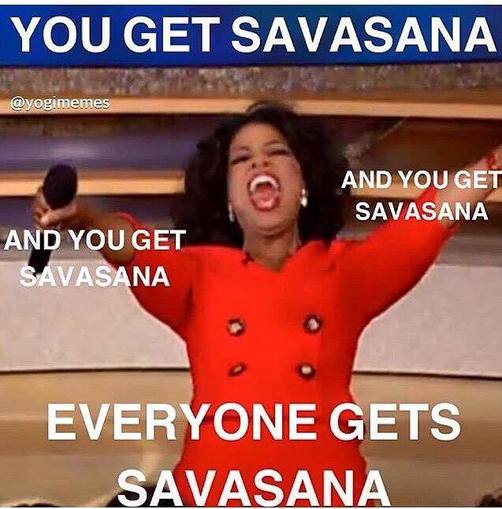
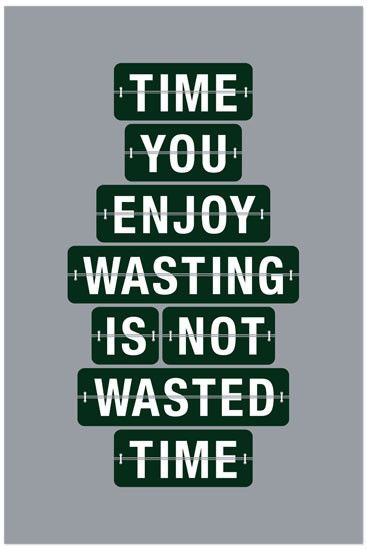
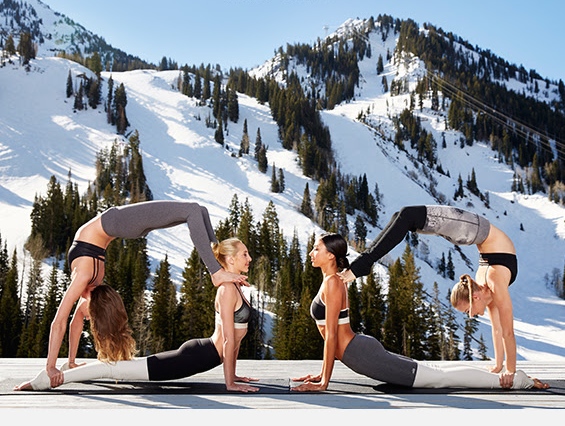
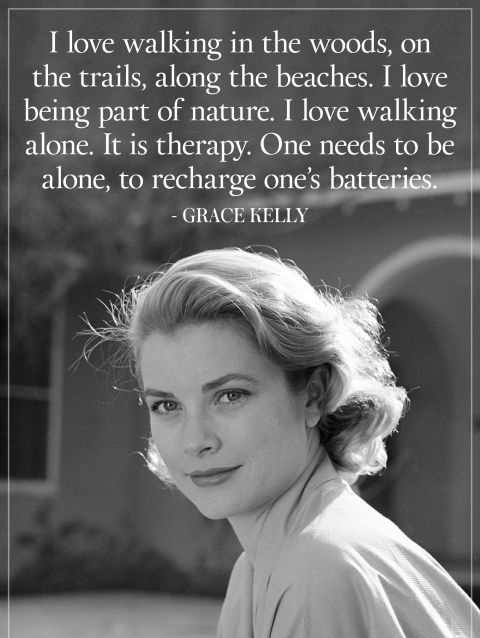

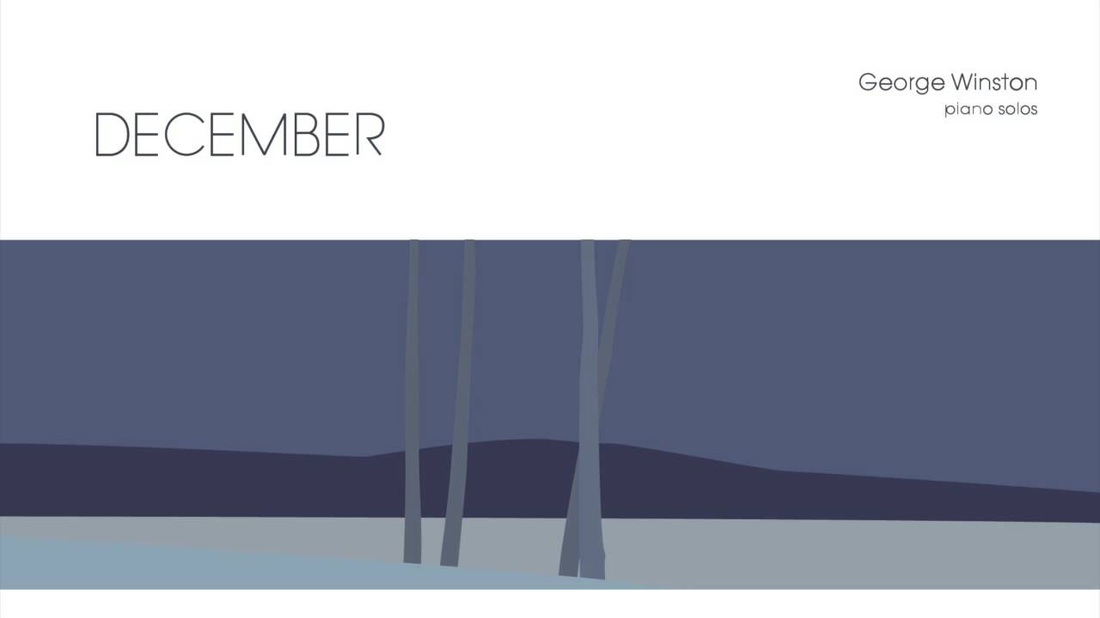
 RSS Feed
RSS Feed